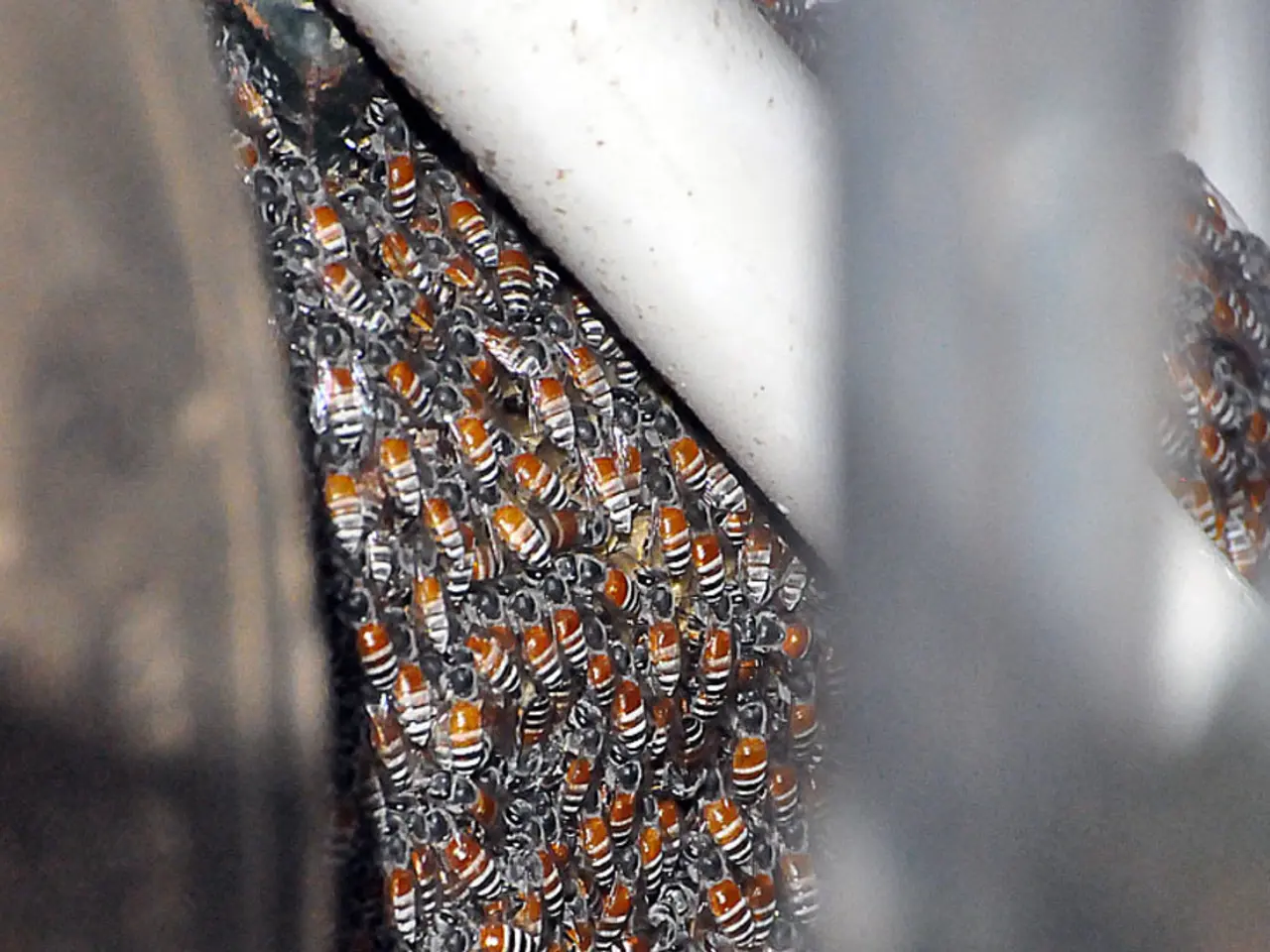Bus service termination spells out a fresh chapter for an elderly community.
In the small, depopulated town of Saruhannai, located in Yokote City, Akita Prefecture, the reduction or closure of bus services has posed significant challenges to the mobility and daily lives of its residents. This issue is reflective of a broader trend affecting marginal communities across Japan, where limited transportation options can severely impact access to essential services, social inclusion, and economic well-being.
The absence of bus services in Saruhannai has restricted access to healthcare, education, employment, and shopping, disproportionately affecting elderly residents, students, and those without private vehicles. The lack of affordable transport options can increase travel costs and reduce economic opportunities for low-income residents, leading to economic hardship. Moreover, the curtailed public transit can exacerbate social isolation, particularly in communities with aging demographics and depopulation.
While specific data on Saruhannai was not readily available, research on similar marginalized areas in Japan suggests that the transportation gap created by bus service reductions is not easily filled by private cars, given the low income or inability to drive among many residents. This has led to an increased dependency on shared mobility or emerging alternatives such as ride-hailing following recent legal changes in Japan’s transport regulations.
However, a glimmer of hope emerged in Saruhannai with the launch of the Saruhannai Sanpei Car, a community-driven shuttle service. The initiative, a joint effort between Yokote City, residents, Toyota, and local dealerships, offers door-to-door service and is more accessible on narrow roads compared to regular buses. The service, named after a local manga, operates four days a week, making four round trips along a 25 km route. Shelters are provided at stops to protect passengers from rain while waiting.
The drivers of the Saruhannai Sanpei Car are ordinary locals, not professionals, adding a personal touch to the service. One such driver is a retiree who enjoys connecting with community members. The route of the Saruhannai Sanpei Car can be easily adjusted based on requests, ensuring the service caters to the needs of its users, particularly older residents without a driver's license, who can benefit from the service for essential needs like picking up medicine.
The Cheer Bus, another initiative of Toyota's community transport, was trialled in Saruhannai as a solution to the lack of public transportation. Initially, the Cheer Bus faced a low usage rate, which was not due to a lack of awareness. However, the route of the Cheer Bus has since been adjusted to better serve the community, and its usage has increased.
The success of the Saruhannai Sanpei Car and the Cheer Bus in addressing transportation challenges underscores the importance of sustainable, accessible transit alternatives in marginal Japanese communities. As 80% of Japan's bus routes face potential service reductions or closures, it is crucial to explore and implement innovative, community-driven solutions to maintain public transit and sustain residents' quality of life.
- The restricted bus services in Saruhannai not only hamper the elderly residents' access to essential healthcare services but also limit their opportunities for health-and-wellness, as they may find it challenging to attend regular check-ups or purchase necessary medicines.
- The transportation industry, with its focus on economically viable solutions, has traditionally overlooked the needs of marginalized communities. However, the successful implementation of community-driven transport alternatives in Saruhannai, like the Saruhannai Sanpei Car and the Cheer Bus, suggests a promising shift towards prioritizing science-based, sustainable solutions that cater to the unique needs of these communities, including those related to finance, health-and-wellness, and aging.
- The reduction or closure of bus services in Saruhannai not only impacts accessibility to essential services but also exposes the residents to increased risks of social isolation, especially in an aging society. Therefore, it is imperative for the transportation industry and science to collaborate, to develop and implement adaptable solutions that address the challenges of aging demographics and depopulation, promoting health-and-wellness and social inclusion in marginal communities.
Read also:
- Dietary interventions and food choices may influence the management of psoriasis symptoms: Discover seven effective methods, foods to eat, and handy tips.
- Weight loss achieved by Maja T.: Medical professionals pondering implantation of pacemakers
- Toxic Paralytic Anemia Explained: A Condition Causing Muscle Weakness and Anemia Due to Toxins Impacting Red Blood Cells
- Subject: The Optimal Consumption Time for Fruits: Separating Facts from Fictions




